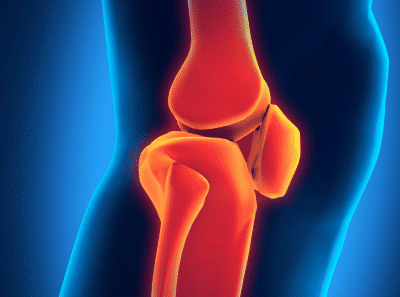Knee arthritis is a common condition that affects millions of people worldwide. It can cause significant pain, stiffness, and swelling in the knee joint, which can impact daily activities and quality of life. Two common treatment options for knee arthritis are platelet-rich plasma (PRP) injections and hyaluronic acid injections. In this blog, we’ll explore the differences between these two treatments and discuss which one may be more appropriate for your individual needs.
What are PRP Injections?
PRP injections involve taking a sample of the patient’s blood and processing it in a centrifuge to extract a concentrated dose of platelets. These platelets contain growth factors and other healing compounds that can promote tissue regeneration and reduce inflammation. The concentrated platelets are then injected directly into the affected joint, such as the knee, to stimulate the healing process.
What are Hyaluronic Acid Injections?
Hyaluronic acid injections, also known as viscosupplementation, involve injecting a gel-like substance into the affected joint. Hyaluronic acid is a natural substance found in the body that helps lubricate and cushion joints. The injection aims to provide additional lubrication and cushioning to reduce pain and improve mobility.
PRP vs. Hyaluronic Acid Injections for Knee Arthritis
PRP and hyaluronic acid injections are both effective treatment options for knee arthritis, but they work in different ways.
PRP injections work by promoting tissue regeneration and reducing inflammation in the affected joint. The concentrated platelets in the injection can stimulate the body’s natural healing process and potentially slow down the progression of arthritis. PRP injections may also help to reduce pain and improve mobility.
Hyaluronic acid injections work by providing extra cushioning and lubrication to the affected joint. This can help to reduce pain and improve joint mobility. However, hyaluronic acid injections do not have the same regenerative effects as PRP injections.
So, which one is better? The answer depends on the individual patient’s needs and the extent of their knee arthritis. Some studies suggest that PRP injections may be more effective in reducing pain and improving function than hyaluronic acid injections, especially in patients with more severe arthritis. However, other studies have found that both treatments are equally effective.
Your healthcare provider can help you determine which treatment option is best for your individual needs. Factors to consider include the severity of your arthritis, your overall health, and your personal preferences.
Conclusion
PRP injections and hyaluronic acid injections are both effective treatment options for knee arthritis. PRP injections work by promoting tissue regeneration and reducing inflammation, while hyaluronic acid injections provide extra cushioning and lubrication to the affected joint. Both treatments have been shown to be effective in reducing pain and improving mobility, but the best option for you will depend on your individual needs and the severity of your arthritis. Consult with your healthcare provider to determine which treatment option is right for you.








